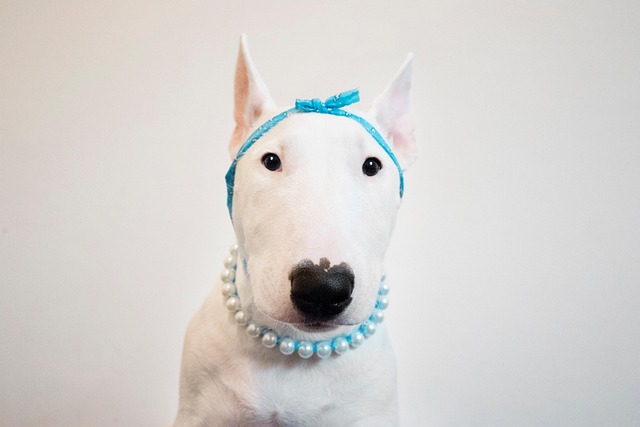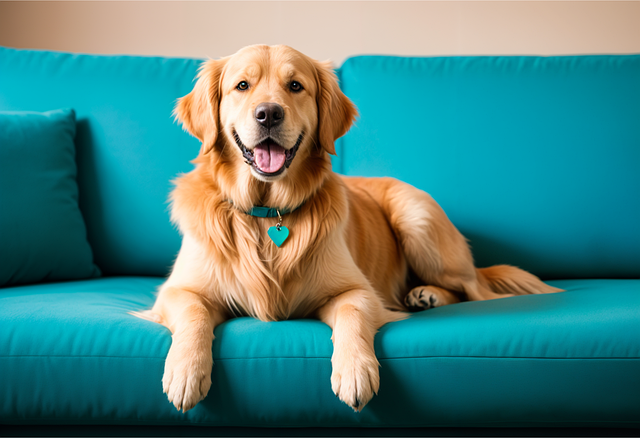That moment when your anxious rescue dog starts trembling during a thunderstorm in your Atlanta apartment—you'd do anything to help them feel calm. Whether it's noise anxiety, post-vet visit stress, or general nervousness, knowing exactly where to pet your dog can significantly reduce their stress levels. While every dog has individual preferences, most respond particularly well to gentle, strategic petting in specific areas that naturally promote relaxation.
The science behind calming petting lies in pressure therapy and the release of oxytocin—often called the "bonding hormone." When you pet dogs in certain areas using the right technique, you can actually lower their heart rate and reduce cortisol levels. The most effective relaxation spots are typically the chest (between the front legs), the base of the tail (using gentle circular motions), and behind the ears with slow, downward strokes. Many dogs also find long, gentle strokes along their back—following the direction of fur growth—particularly soothing. Always watch your dog's response: relaxed muscles, soft eyes, and a gentle sigh indicate you've found the right approach, while tension or moving away means you should adjust your technique.
Start by letting your dog approach you rather than pursuing them for petting. Offer your hand for sniffing, then begin with gentle strokes on their chest or shoulders—these are generally safe, non-threatening areas. Use moderate pressure—too light can feel ticklish, while too heavy might be uncomfortable. For particularly anxious dogs, try the "TTouch" method: making small circular motions with your fingertips, which can be especially calming when applied to the base of the ears or along the jawline. Never force interaction or punish your dog for nervous behavior; this aligns with modern animal welfare standards that emphasize positive, consent-based handling.

In the U.S., responsible pet care includes being mindful of both your dog's comfort and community considerations. If your dog experiences regular anxiety, ensure their vaccinations and licenses are current—this is particularly important if they might bolt during fearful episodes. When practicing calming techniques in apartment buildings, be respectful of neighbors by managing any vocalizations with white noise machines or background music. Always clean up promptly if anxiety leads to accidents in common areas—this isn't just courteous but often legally required under municipal health codes.
For urban dog owners, creating a consistent relaxation routine can help manage stress from city noises and crowded environments. Combine calming petting with other relaxation techniques like providing a safe space (such as a crate with a blanket) or using adaptogenic treats. Remember that while strategic petting can significantly reduce anxiety, some dogs may need additional support from veterinarians or certified behaviorists—especially if their anxiety affects their quality of life or leads to escape attempts.
Your patient, attentive approach to learning your dog's preferences will help them feel more secure and relaxed in your care.






